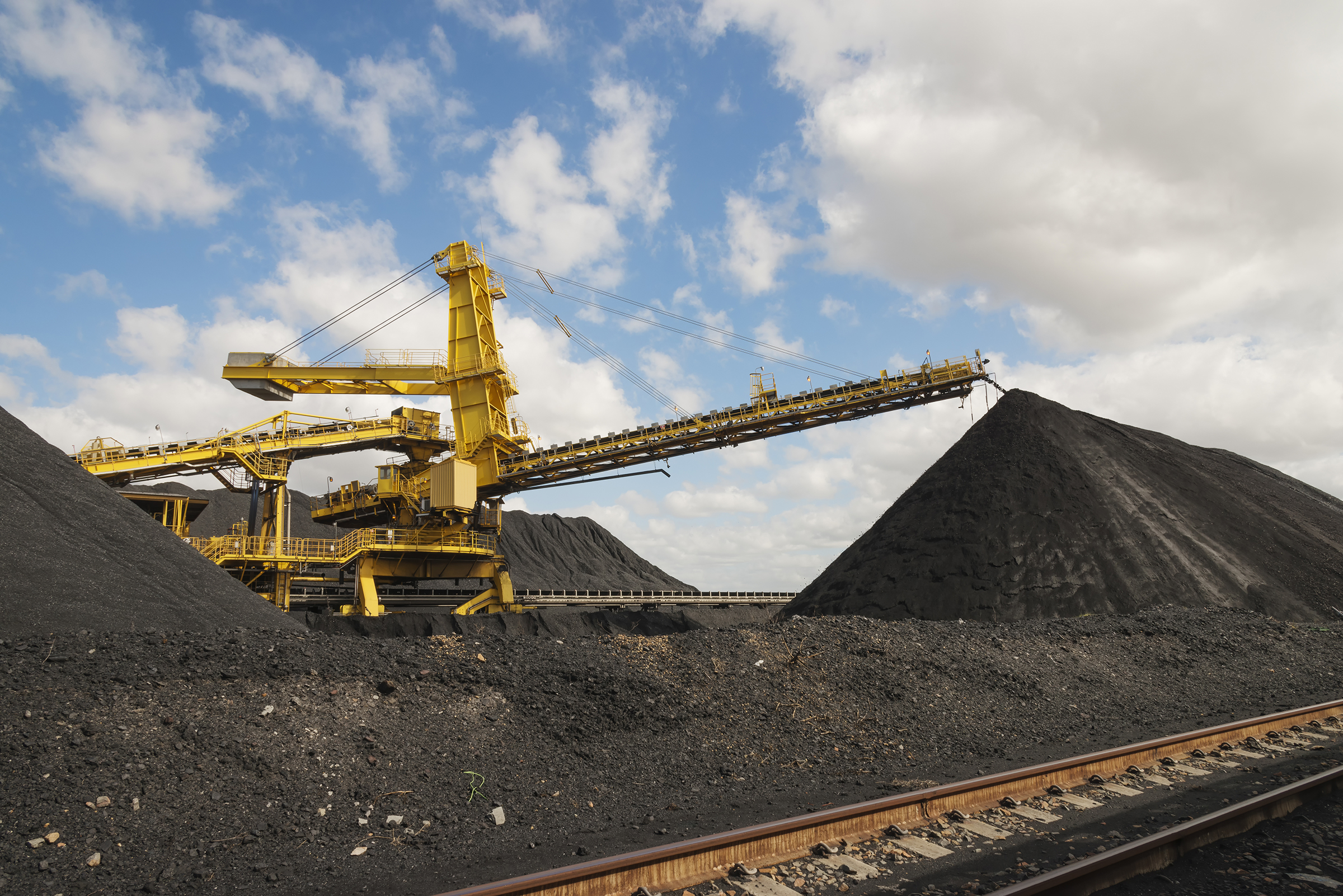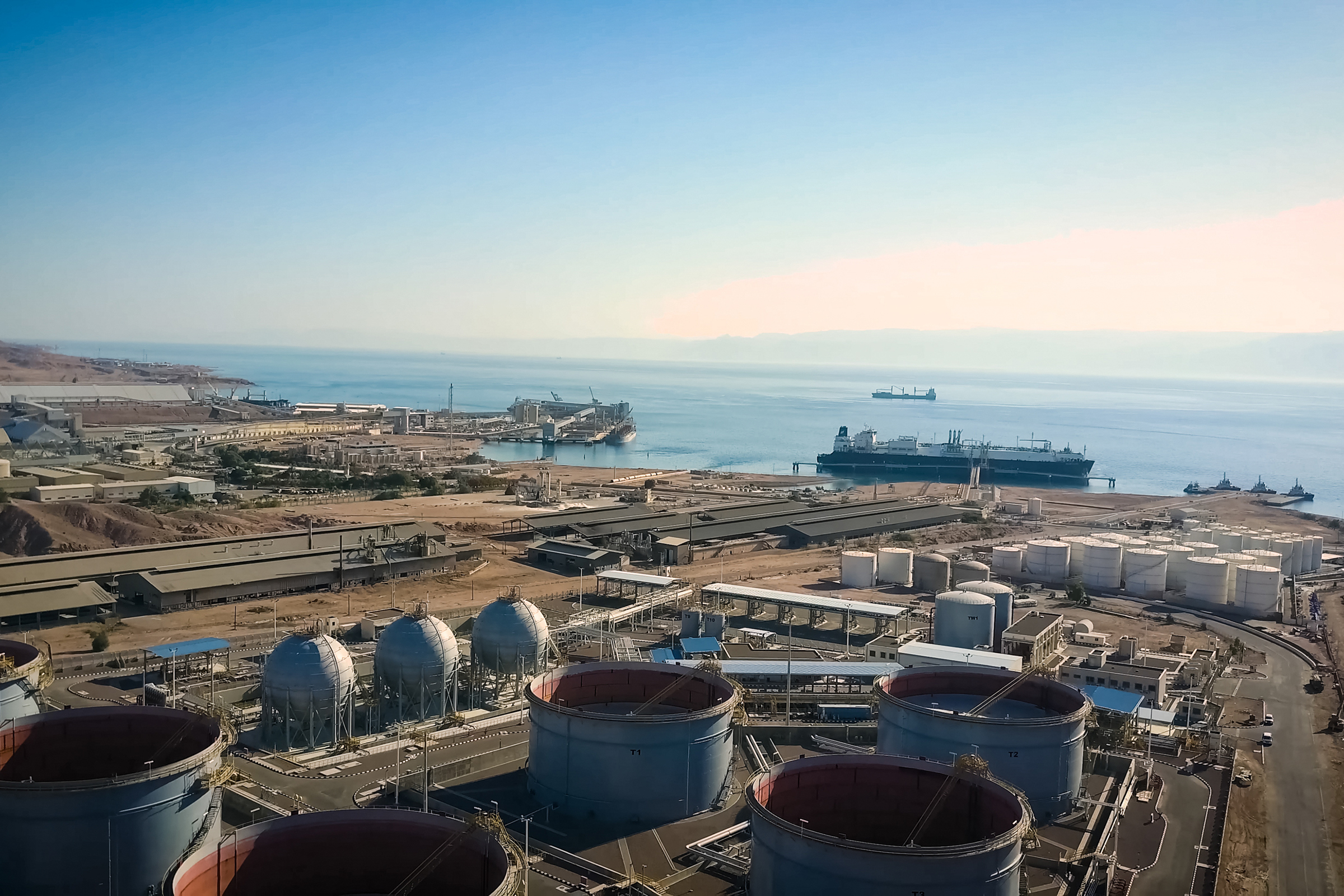Center for Energy Studies
Providing new insights on the role of economics, policy and regulation in the performance and evolution of energy markets.

Featured Research
Projects
Electricity in Texas
The Electric Reliability Council of Texas (ERCOT) manages the state’s power grid and serves over 25 million customers, or about 90% of the population in Texas. The Center for Energy Studies’ Ken Medlock, Elsie Hung and Miaomiao Rimmer created time-lapse videos to illustrate actual, daily electric generation by fuel by ERCOT in MWh
since January 1, 2009.
Carbon Capture in Texas
Since 2019, the Center for Energy Studies at Rice University’s Baker Institute for Public Policy has convened a diverse group of stakeholders to examine the deployment of carbon capture utilization and storage (CCUS) technologies in the state of Texas. Explore related research and an interactive Texas CCUS map, created in April 2021.
China Energy Map
This regularly updated map provides an interactive and comprehensive visualization of China’s key energy infrastructure. Go here for methodology.
Map: Energy, Environment and Policy in the United States
This map is an online, interactive tool to visualize and highlight the geospatial nexus of energy, environment, policy and society in the United States.
Featured Experts
Programs and Initiatives
Energy, Minerals & Materials
Latin American Energy
Middle East Energy Roundtable
The Middle East Energy Roundtable (MEER), a joint initiative of the Center for Energy Studies and Edward P. Djerejian Center for the Middle East, brings together the energy industry, diplomatic community, and scholars to deepen policy research on Middle Eastern energy and geopolitics, improve understanding of the region within the Houston community, and generate partnerships.

Recent Events

Join the Energy Forum
The Center for Energy Studies (CES) is supported by corporate and individual members who participate in the Energy Forum via workshops, research and outreach. The Energy Forum provides an opportunity for members to be involved in CES energy research and energy policy events and to meet personally with distinguished statesmen and industry leaders who shape the energy world today.
Research
Chile’s New Lithium Strategy: A Market Boost or Miss?
Long-Term Reliability in ERCOT: Some Critical Issues to Consider
The World of Energy in 2023: Mixed Message?
Testimony to the US House Committee on Energy and Commerce
Testimony to US-China Economic and Security Review Commission
Toward Sustainability: Understanding the Challenges
Past Events
Fellows and Scholars
Affiliated Experts
Pedro Alvarez
Jim Blackburn
Daniel Cohan
Mahmoud A. El-Gamal
Peter R. Hartley
Cin-Ty Lee
Ted Loch-Temzelides
Caroline A. Masiello
Dan Wallach
Research Staff
About the Center
From its location in the energy capital of the world — Houston, Texas — the Center for Energy Studies (CES) at Rice University’s Baker Institute for Public Policy provides critical insights on the world’s complex and evolving energy landscape. By conducting data-centric research and nonpartisan analysis rooted in fundamental principles, the CES provides a trusted voice that investigates the drivers of energy market evolution, including but not limited to market design, policy and regulation, technology adoption, climate change, sustainability objectives and geopolitics.
The CES is widely recognized for its depth and insight, having been recognized at the top of the energy field by the University of Pennsylvania’s Think Tanks and Civil Society Program for three consecutive years before being named a “Center of Excellence.” It is also a past recipient of the prestigious USAEE Adelman-Frankel Award for “unique and innovative contributions to the field of energy.” CES fellows and scholars have also been individually recognized domestically and internationally, and their experience and expertise span a wide range of backgrounds — from strategic and analytical roles in industry and regulatory roles in government, to energy and environmental law, field work in journalism and various roles in academia — giving a unique, multidisciplinary and global perspective on energy-related issues. The interdisciplinary team of CES fellows and scholars is frequently called to provide briefings to U.S. government officials, world leaders and top industry professionals on a variety of issues. In the last decade, CES experts have delivered 17 congressional testimonies and worked with members of the U.S. House and Senate, the U.S. Department of Energy, the U.S. Department of State, the U.S. Department of Defense and the U.S. Department of Commerce. They have also conducted an average of 23 ministerial-level briefings per year spanning 43 countries.
Some of the most challenging questions faced by society today require a holistic approach to achieve environmentally, socially and economically sustainable answers. By working across programmatic strengths in an interdisciplinary manner, CES fellows and scholars aim to elevate discourse and achieve workable, scalable solutions. CES programs and select areas of research include:
- Electricity markets — reliability, market design and grid evolution
- Minerals and materials — materials transitions, cost of supply, supply chains and marine minerals
- Environment and sustainability — waste, circularity, engineered and nature-based CO2 sequestration, hydrogen and water
- Geopolitics — particularly Eurasia, Latin America and the Middle East
- Global crude oil — market evolution, threat assessment, security of supply and decarbonization
- Global natural gas — LNG, methane emissions and security of supply
- Transportation — transport corridor development, links to industrialization and the future of fuels
The programmatic efforts of CES fellows and scholars reveal several fundamental points that underscore CES research and highlight the risks and opportunities in an evolving global energy ecosystem.
For more information:
Melissa Vossler
Program Administrator
Center for Energy Studies
Email: mkv1@rice.edu
Office Phone: (713) 348-2217
Core Principles: Past Findings Driving Future Research
Energy Transitions are Complex
Developments across the energy landscape in the last two decades highlight the fact that understanding the global interconnectedness of energy markets — and the factors that shape them — is growing ever more important. Technological change, economic growth, environmental preference, geopolitics, energy trade, energy poverty and energy security concerns are all interwoven with national welfare and domestic economic priorities. The future of energy involves trade-offs, and successful transition pathways will fully consider environmental, social and financial sustainability.
Energy Transitions Will Look Different Everywhere

Globally, hydrocarbons account for over 80% of all energy, and demand continues to grow. Developing economies accounted for all incremental demand since the turn of the century. Regionally, the energy mix varies widely, with economic and population growth, national security priorities, innovations in the production and use of all energy sources, and native natural, physical, and human capital resource endowments all playing formative roles in defining regional risks and opportunities. These factors also foretell a future of energy that will continue to be different everywhere.
Economics Matter

Assessments of the long-term market implications of new energy technologies must incorporate full system costs of adoption and operation. Failing to account for the fixed cost of deployment, operating costs, costs associated with maintaining system reliability and the costs of any non-pecuniary externalities can result in unintended consequences ranging from environmental damage and social inequity to financial insolvency. New technologies must avoid burdensome fixed costs of adoption if they are to successfully integrate into supply chains, or they risk falling into the “valley of death.” Co-products can provide additional value for new technologies, which raises the possibility for things such as carbon-to-value innovations to accelerate a portfolio of scalable low-carbon energy options.
Supply Chains Matter

Supply chains connect raw materials to manufacturing to delivery of final products through end-of-use. Efficient supply chain function is heavily dependent on transportation infrastructure. Actors along any supply chain must coordinate to ensure resilience and reliability, and commercial returns must be positive to support long-term viability. Otherwise, the supply chain breaks down and economic health is compromised. Transitioning to lower-carbon supply chains will require new infrastructures as well as optimization of various transportation modes and their respective fuel requirements to ensure long-term resiliency and economic health.
Energy Transitions Require Material Transitions

Hydrocarbons are critical to supply chains for advanced materials for wind, solar, electric vehicles, batteries and countless other vital technologies. Sustaining a modern way of life requires plastics, advanced composites, resins, lubricants and more. Even the most conservative energy transition scenarios represent a “call” on minerals and materials. Existing supply chains will be pressed to meet these demands. Improvements in the material intensity of current activities and the development of new, advanced materials will be critical for any energy future.
Infrastructure is Central to Any Energy Future

The legacy of existing infrastructures and energy delivery systems is the foundation for change in the capital-intensive energy market. Energy systems are large and must scale to accommodate growth and expanded access. Energy infrastructure is long-lived, turning over on a multi-decadal time frame. Emerging technologies can drive cost improvements and signal how energy sources will compete. But investment in new (greenfield) and existing (brownfield) infrastructure is the vehicle for the deployment of new technologies. So, infrastructure investment will dictate the pace of innovation and change across the energy landscape.
Sustainability is Multi-faceted

New innovations promise more environmentally sustainable energy systems. But social acceptance is a prerequisite for any new infrastructure development, and positive returns on invested capital will drive growth and investor focus. Hence, environmental, social and financial sustainability will be a hallmark of successful transition pathways. Sustainability is deeply integrated with supply chains for all goods and services, and commercially viable expansion of re-X (i.e., recycle, reuse, refurbish, repurpose, etc.) efforts can ease potential stresses on current and new supply chains.
‘Innovation and Growth’ Will Shape the Future of Energy

Innovation and growth have always been the core drivers of transition in energy systems. The two largest drivers of “transitions” in energy markets since 2000 are the shale revolution in the U.S. and the steep rise in demand in developing Asia. The U.S. shale revolution is a story of technical and process innovation, and demand growth in Asia was due to tremendous economic growth. Nations that embrace innovation and growth see the welfare of their citizens improve and their industries thrive.






















































